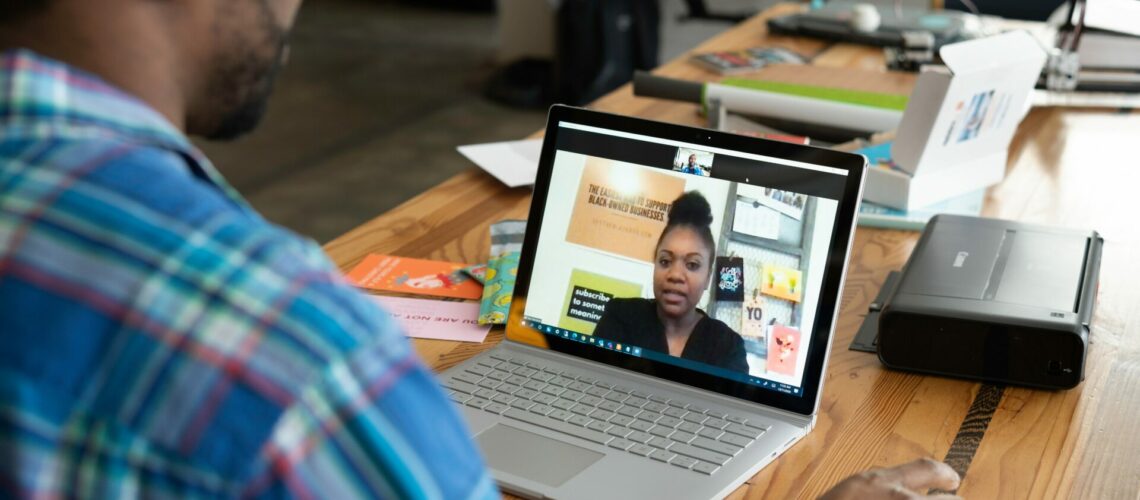The rise of online learning has heralded a new era in educational methodologies, promoting inclusivity and accessibility in global learning environments. At the forefront of this innovative transition, Pures College of Technology has adeptly integrated a range of virtual classroom tools, aiming to provide an enriched, collaborative, and adaptive educational experience for its students. Experts at Pures College not only utilize these tools but also continuously explore emerging technologies and methodologies to elevate the overall educational experience. In this detailed discourse, let’s delve into a comprehensive overview of these crucial virtual classroom tools, providing insights that could potentially reshape your teaching approach and significantly enhance your students’ academic trajectory.
Video Conferencing Tools
Video conferencing tools have revolutionized the way educators and students connect, communicate, and collaborate in a virtual learning environment. These platforms offer a myriad of functionalities like breakout rooms, hand-raising features, and real-time chats, ensuring that interactions remain engaging and informative. Establishing a virtual face-to-face connection helps in maintaining an emotional connection and understanding the nuances of students’ responses during sessions. Furthermore, these tools also enable educators to host guest lecturers from around the world, thereby providing students with varied perspectives and expert insights without geographical constraints.
Learning Management Systems
Recognizing the pivotal role of Learning Management Systems, Pures College integrates tools like Blackboard and Canvas to facilitate a structured, organized, and interactive learning path for students and educators alike. An LMS is not merely a repository of materials but also a strategic platform that aids in planning, implementing, and managing learning trajectories effectively. Educators can leverage LMSs to craft a well-structured curriculum, providing students with clear guidelines, milestones, and resources throughout their academic journey. Moreover, it can serve as a collaborative platform where educators can share insights, resources, and best practices, thereby fostering a community of continuous learning and development among educators themselves.
Interactive Whiteboards
Interactive whiteboards (IWB) serve as a digital canvas, enabling educators to illustrate concepts, demonstrate processes, and engage students in interactive learning experiences. With functionalities that allow real-time collaboration, students can actively participate in problem-solving, brainstorming, and explorative learning sessions, which are crucial in developing critical thinking skills. IWBs facilitate a blend of auditory and visual learning, catering to diverse learning styles and enhancing retention through interactive engagement. Furthermore, the ability to save and share the content discussed on the IWB ensures that students can revisit the learning materials anytime, enhancing their revision and learning consolidation processes.
Online Assessment Tools
Employing online assessment tools, educators can not only evaluate students’ understanding and performance but also provide immediate, constructive feedback, which is vital for continuous improvement. The automation feature of these tools allows for swift grading, ensuring that results and feedback are communicated to students in a timely manner, which is pivotal for maintaining their motivation and engagement. Platforms like Kahoot inject an element of gamification into assessments, making learning fun and interactive, while tools like Google Forms offer versatility in crafting various types of assessments. Therefore, educators can create a balanced assessment strategy that includes quizzes, projects, and formative assessments, ensuring a holistic evaluation of students’ learning and skills development.
Communication Tools
Ensuring transparent, continuous, and supportive communication, tools like Slack and WhatsApp become indispensable in maintaining the momentum of learning and building a supportive academic community. These platforms can serve as informal spaces where students and educators share insights, resources, experiences, and even words of encouragement, thereby fostering a sense of belonging and community. The easy accessibility of communication tools ensures that students can reach out with their queries, concerns, and feedback at their convenience, ensuring that they feel heard and supported. Moreover, these tools can facilitate peer interactions and collaborations, ensuring that the spirit of community learning is upheld even in a virtual environment.
Additional Beneficial Tools
Supplementing core learning, additional tools and platforms like JSTOR and Google Scholar become instrumental in broadening students’ research horizons and fostering a culture of in-depth inquiry and exploration. The availability of a plethora of scholarly articles and research papers right at their fingertips enhances students’ ability to integrate varied perspectives and recent findings into their assignments and projects. Furthermore, collaboration tools like Google Docs and Dropbox not only facilitate group assignments but also teach students the essential skills of teamwork, cooperation, and collaborative problem solving in a digital environment. These skills are not only pivotal in their academic journey but also in shaping their future professional collaborations and interactions in a progressively digital world.
Final Word
The evolution of the modern educational landscape, empowered by virtual classroom tools, heralds a future of boundless possibilities in learning and teaching methodologies. Pures College of Technology stands as a testament to the effective integration of these tools, consistently providing an educational experience that is not only comprehensive and high-quality but also adaptable to the evolving needs of global students. The integration of these tools not only reshapes educational delivery and engagement but also prepares both educators and students for a future where digital interaction, remote collaborations, and virtual explorations become commonplace in professional environments. Therefore, while these tools enhance current educational experiences, they are also instrumental in shaping a future-ready mindset, where students and educators are adept at navigating, collaborating, and innovating in a digital world.

